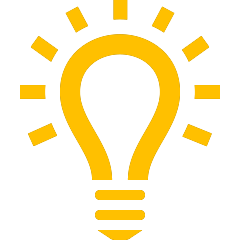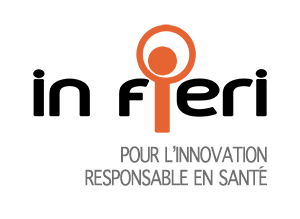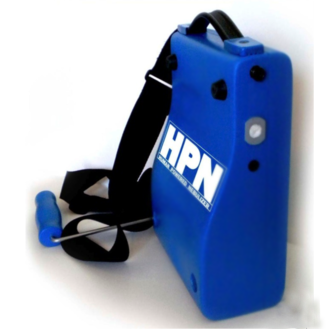
What is the challenge ?
A nebulizer is a device used to transform liquid medicine into a mist to treat many respiratory health problems. Nebulizers currently available on the market are costly and rely on electricity. Consequently, they are not designed for use in areas where lung disease is most prevalent: in the least developed countries. Respiratory health problems, including tuberculosis, chronic obstructive pulmonary disease, asthma, and lower respiratory tract infections are ranked in the top 25 causes on the list of causes of the global burden of disease. (3)

Is it innovative ?
The Human Powered Nebulizer (HPN) is a portable and manually activated nebulizer.

How does it work ?
- This nebulizer is manually activated by a healthcare worker or caregiver and does not use batteries or any other external source of energy. The technology is easy to use, even though the World Health Organization recommends a quick training for users. (4, 6)
- The HPN’s performance is equivalent to that of an electric-powered nebulizer. (7, 8)
- The HPN has a lifespan of 10 years and was designed to be used in areas where access to electricity is limited or non-existent. (4, 6, 8)

How much does it cost ?
- An electric nebulizer can cost over US$100. With large-scale production, the projected price of each HPN would be under US$50. The cost of operation and maintenance for each device is estimated to be low. (7)
- According to the manufacturer, a cost-effectiveness study was carried out in El Salvador in 2015, but the data are still being analyzed. Another study was planned in Guatemala in 2016. (4, 7)

What is the environmental impact ?
- The environmental impact is difficult to assess because the device is not yet manufactured in its final version.
Back to previous page



